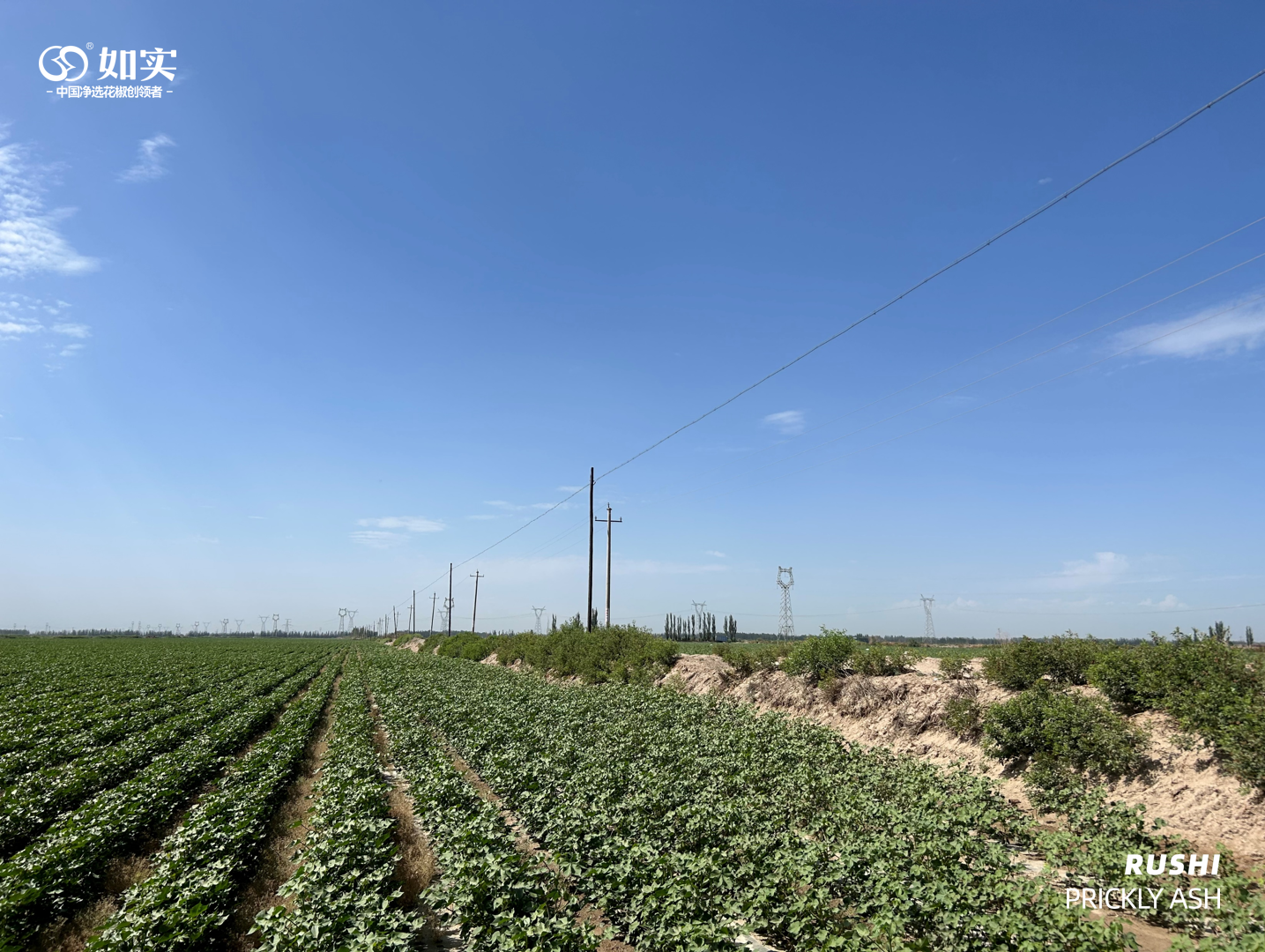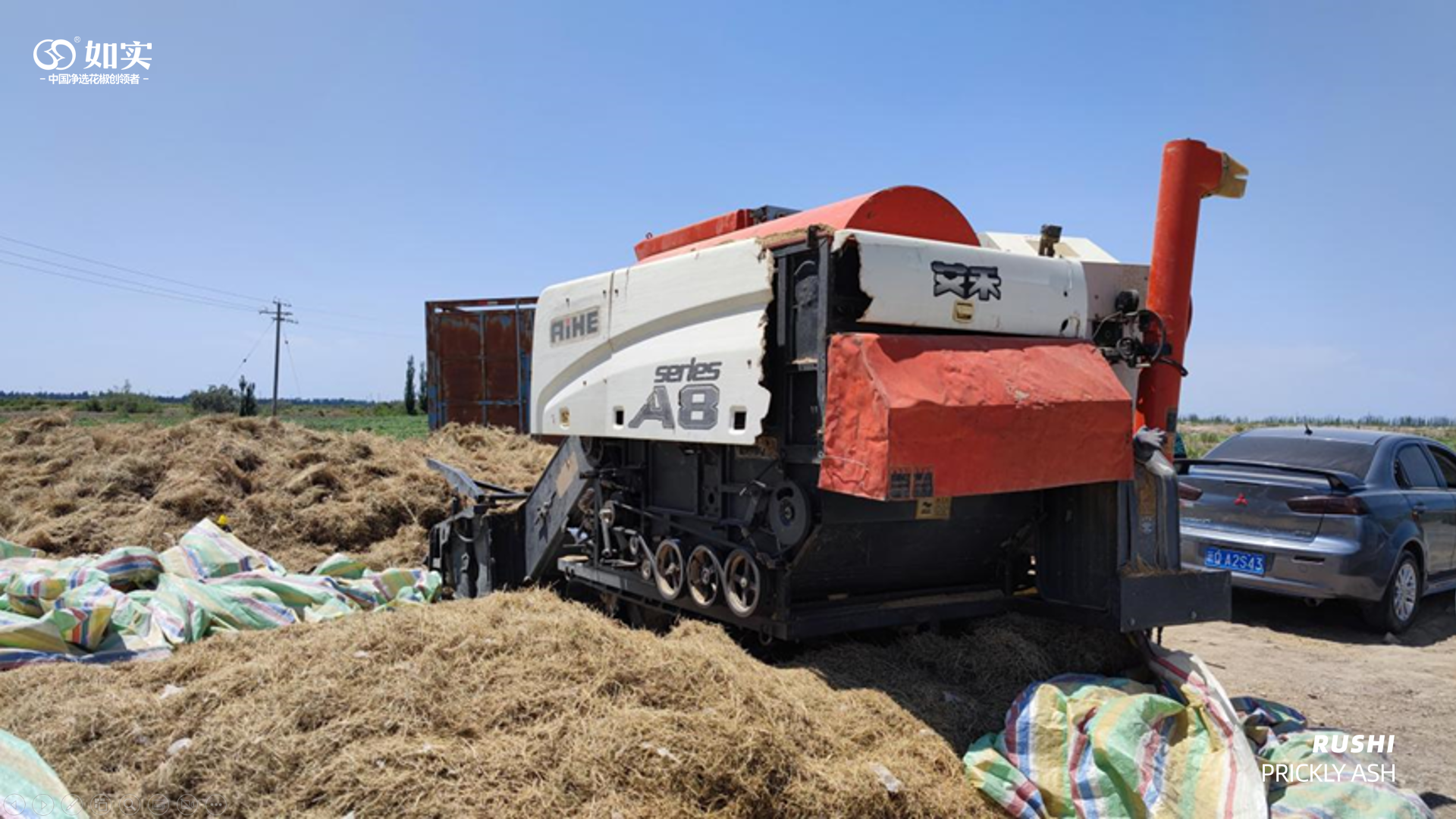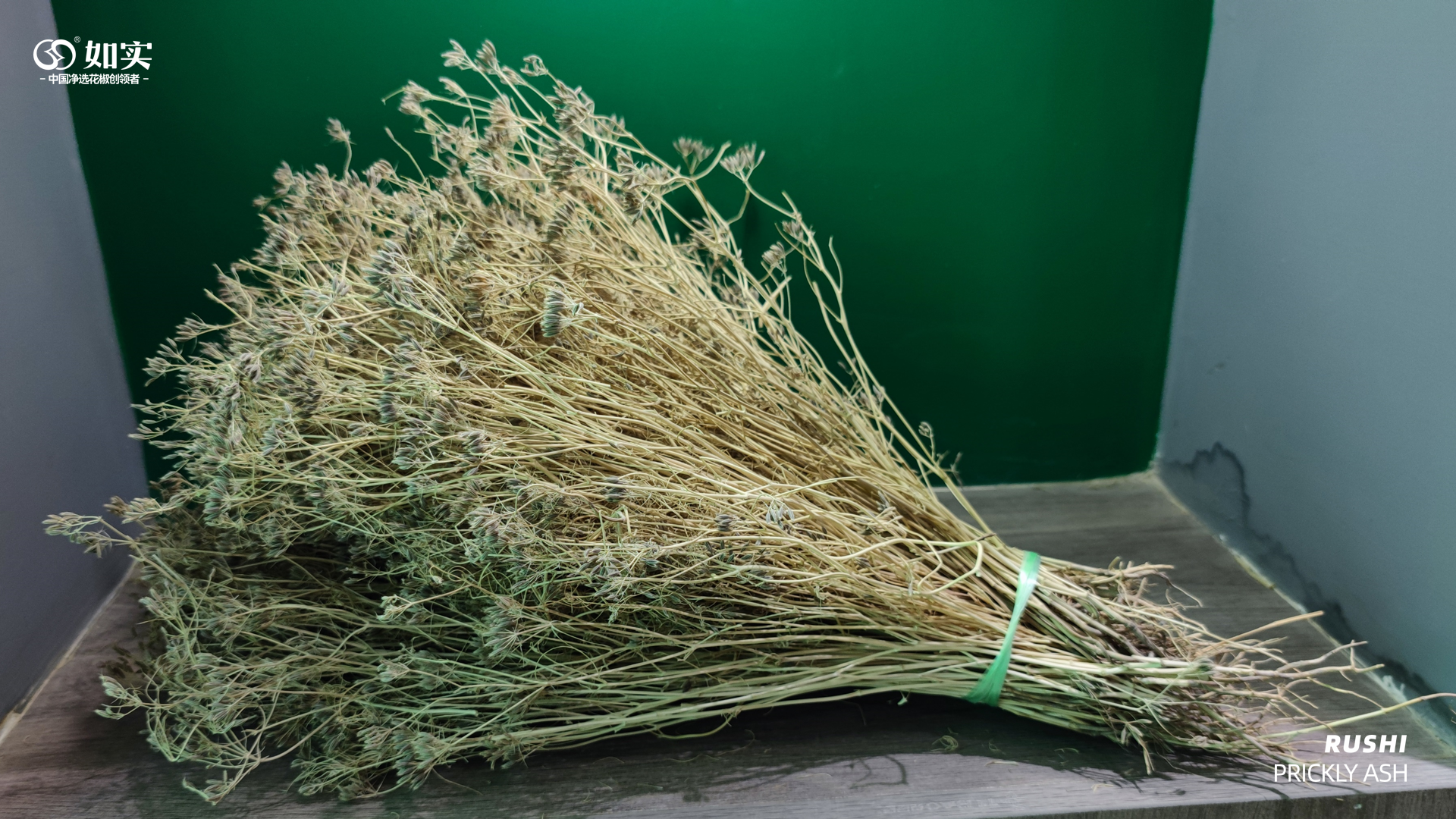2025 Xinjiang Cumin Crop Report — A Bumper Harvest
June marks the cumin harvesting season in Xinjiang. From June 26–29, the Rushi team conducted a field visit to cumin production bases and preliminary processing plants in Yuepuhu (Kashgar) and Yanqi (Korla). We comprehensively assessed cumin cultivation, harvesting, processing, and storage, in order to evaluate food safety levels of raw materials and prepare for upcoming product production.
According to the assessment, in 2025, planting acreage increased significantly, and Xinjiang experienced a bumper cumin harvest, with total output approximately 100% higher than in 2024.
Basic Overview of Cumin
Cumin (Cuminum cyminum L.) is an annual or biennial herbaceous plant in the Apiaceae family. In Xinjiang, it is typically sown in mid-March and harvested in mid-June, with a growing cycle of around 90 days. It is commonly intercropped with cotton, corn, or chili, while a smaller portion is planted in dedicated fields.
Planting environment:
Cumin is grown in a temperate continental climate—cold winters, hot summers, dry conditions, and large diurnal temperature differences.Planting model:
Primarily intercropped with cotton or corn; a small portion is grown in pure stands.Sowing:
Propagated by seed using fully mature and plump seeds.For cotton intercropping: seeds are sown with cotton simultaneously in an integrated system.
For corn intercropping: cumin is sown first; once it grows to a certain height, corn is planted.
Growth cycle:
Sowing in mid-March → flowering in April → fruiting in May → maturity in June.
Total cycle: approx. 90 days.Irrigation:
Drip tape is laid beneath mulch film during intercropping. Water comes from groundwater.
Cumin is drought-tolerant and does not favor excess water.Fertilization:
Before sowing, compound fertilizer (~30 kg/mu) is broadcast during land tilling.
During later stages, fertilizer may be applied through irrigation as needed.Pest & disease control:
Common issues include damping-off, root rot, cutworms, and aphids.Harvesting:
Currently, cumin can only be harvested manually.
When most plants turn yellow and seeds are full, farmers pull the plants by hand and transport them to drying yards for 3–5 days of sun-drying.Threshing:
After drying, cumin seeds are separated using threshing machines.Initial screening:
Farmers use blowers and vibrating screens to remove stems, dust, small and broken seeds.Trading:
Farmers pack the initially screened cumin into woven bags and sell to traders or processors.
Primary Processing
Initial screening:
Negative-pressure vibrating screens are used to remove dust, stems, small and broken particles.Gravity destoning:
Removes stones and other heavy impurities from cumin seeds.De-tailing:
Removes tail-end stems from cumin seeds.Packaging:
Cleaned cumin seeds are quantitatively packed and sold to wholesalers nationwide.
Food Safety Risk Assessment
1. Traceability risk:
Cumin is grown mainly by large-scale farmers who also grow cotton and corn, and possess solid agricultural skills. Thus, traceability risk is low.2. Pesticide residue risk:
Cumin has a short growing cycle and is usually not treated with pesticides, but may be exposed to drift from nearby crops. Risk: medium.3. Heavy metal risk:
Grown in desert soils with no surrounding industrial activity; heavy metal risk is low.4. Primary processing risk:
Air-dried under natural conditions; no contamination during processing. Risk is low.5. Storage risk:
After initial screening, cumin is packed in woven bags. Risk of plasticizer migration exists, but is controllable. Overall risk is low.
👉 Overall food safety risk assessment: relatively safe
How Rushi Manages Risks in Cumin Cultivation, Processing, and Storage
1. Pre-harvest regional surveys:
During harvest season, we send teams into production regions for sampling, testing, and quality/safety evaluation. All results are documented.
2. Sourcing:
Customer specs are archived, ensuring consistent quality.
Inner liner bags are tested twice annually and must meet safety standards.
3. Processing:
Each incoming batch is sampled and tested (internally or externally), with results uploaded to our system.
Rushi's proprietary cleaning technology removes impurities and foreign matter, including metals.
4. Storage:
Raw materials are categorized and stored separately to avoid cross-contamination or off-flavors.
Cool storage (5–15°C) minimizes degradation and preserves key compounds.
5. Routine quality inspections:
Cumin from all origins is sampled and stored under both room temp and cold conditions.
Sensory and chemical indicators are tested monthly and archived.
Summary
In 2025, Xinjiang cumin experienced a bumper harvest, with output increasing ~100% over 2024. This was primarily due to increased planting area and favorable weather conditions.
📩 Contact: info@zpiceup.com







